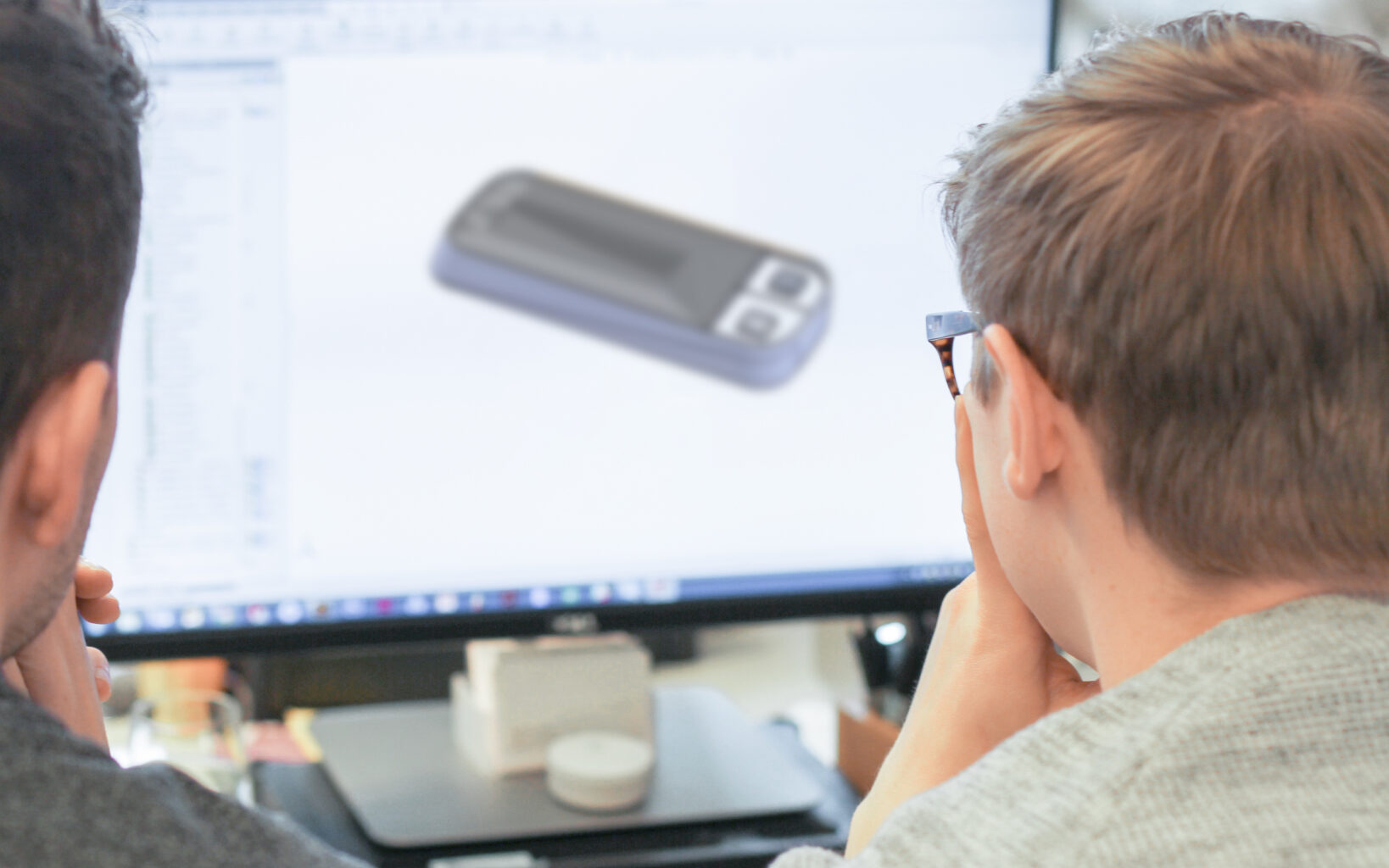Medical technology has made quantum leaps in recent decades, bringing advancements from smartwatches that monitor fitness, to intricate fertility trackers and user-friendly insulin monitors. The term ‘medical device’, often associated with complex products like an MRI scanner or a dialysis machine, now encompasses a broad range of medical products transforming our lives. At the epicentre of this healthcare revolution, medical device design companies are consistently commercialising fascinating and innovative new technologies to help people live better, for longer.

Form studies to evaluate human factors
Despite the exciting advancements in medical technology, acceptance and adherence to such devices often differs dramatically. However, these gaps do not necessarily stem from the efficacy of these devices. Medical device regulations ensure stringent standards, subjecting each device to rigorous testing to confirm clinical effectiveness. The real issue at hand is often overlooked: the human context.
When it comes to the success of a medical device, its technological superiority and compliance with regulations are undeniably critical. But equally crucial is the device’s usability and how it resonates with users. Herein lies the role of MedTech product designers – bridging the divide between technology and user experience, creating devices that people will actually want to use and trust.
A medical device designer must strategize, anticipate and design the user’s interactions and psychological responses. Is the device easy to use? Does it hinder or help daily activities? Does its design inspire trust or dread? Is the device visually appealing or merely functional? The answers to these questions could mark the difference between a widely adopted product and a market failure.
At Tone Product Design we believe that the medical device design process should be an ongoing conversation with end-users, allowing the designers to better understand their needs, desires, and fears. This approach ensures that the final product balances clinical requirements, safety regulations, budget constraints, and delivery deadlines without compromising user experience.
Pioneering and design-led device manufacturers are embracing this user-centric approach, transforming healthcare as we know it. Devices are not merely seen as objects of necessity but also as tools for empowerment. They can improve the quality of life for individuals, particularly those living with chronic conditions, and foster a sense of control over their health.
Consider the example of the company Elvie, founded by Tania Boler, a London mum-of-two, that has turned the traditional breast pump into a sleek, discreet device that fits into a bra. This hands-free, wire-free, silent pump can be controlled via a smartphone and used anywhere – on a train, during a meeting, or on a phone call. Boler’s creation has not only modernized a necessary product but also addressed the challenges and stigma surrounding women’s health.
Contrast this with a device like a sleep apnoea machine, which is often bulky, visually unappealing, and uncomfortable to use. Despite the machine’s important function, a significant number of users remove the device halfway through the night. The lesson is clear: functionality alone isn’t enough; good design matters. And it matters a lot.
This mindset shift towards a more consumer-centric approach has led to MedTech designers incorporating elements of gamification, behavioural science, and wearable technology in their designs. The ultimate goal? To create engaging experiences that promote adherence and therefore better treat or prevent illness. The power of effective design and communication strategies can even reposition a medical device as an aspirational lifestyle product, such as the glucose monitoring device developed for diabetics, which has been transformed into a performance-enhancing gadget for athletes by sports-technology company Supersapiens.
As ever more technology is leveraged however, the sector also faces new challenges – particularly around data collection and privacy concerns. As more devices incorporate data collection features, it is important to reassure users that their personal information is safe and that data collection brings more benefits than risks.
German fertility company Inne, for instance, collects data to study how chromosomal abnormalities, hormones, and genetics affect fertility. The company has created a platform for ‘radical self-knowledge’, offering detailed articles and data sharing to support people on their fertility journey. It’s a perfect example of how designers can balance data collection needs with user comfort and privacy concerns.
As we stride forward in the era of self-care and personal health responsibility, addressing user experience with medical devices – their ease of use, reliability, and emotional appeal – will continue become a commercial and clinical advantage in an increasingly competitive healthcare landscape. This revolution in medical device design is just the beginning.
Want to know more?
If you’d like to talk to us about what we do or tell us about a new project, send us an email at:
We’d love to hear from you.
Read more of our news
Leveraging Packaging to Improve Healthcare Products
We talk to Packaging Gateway about the role medical packaging design can play in improving user experience.
Read more